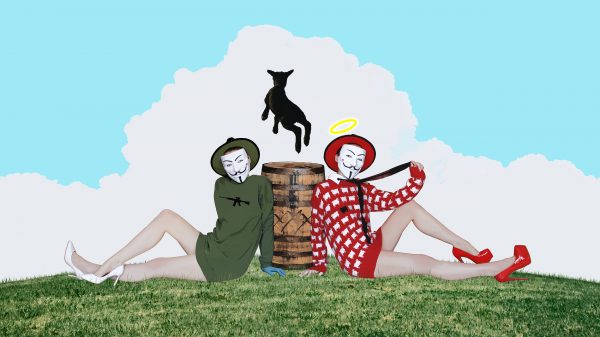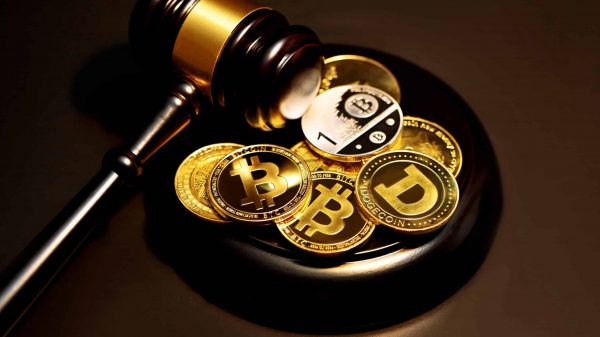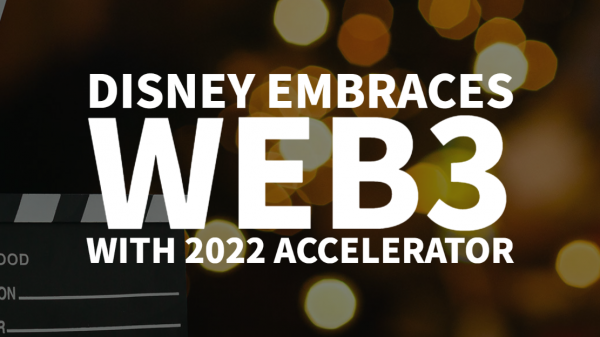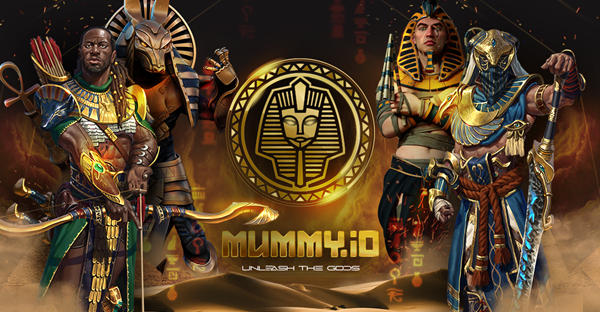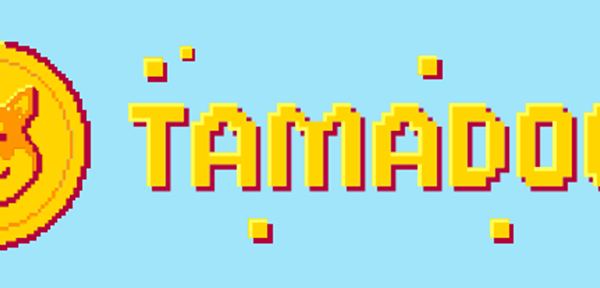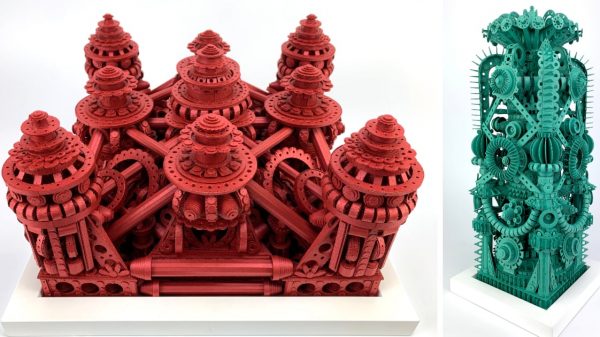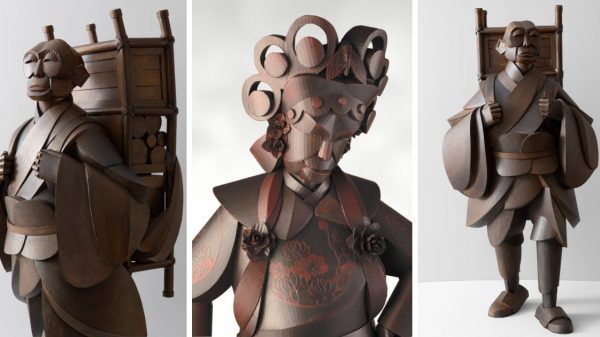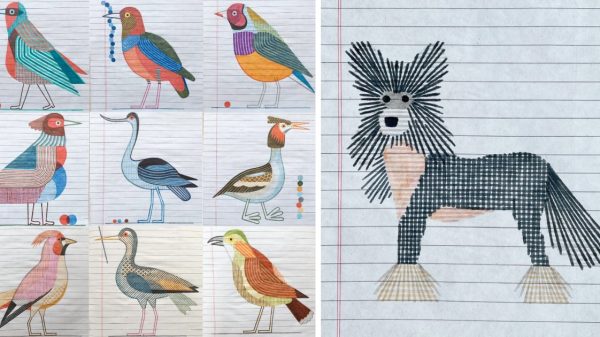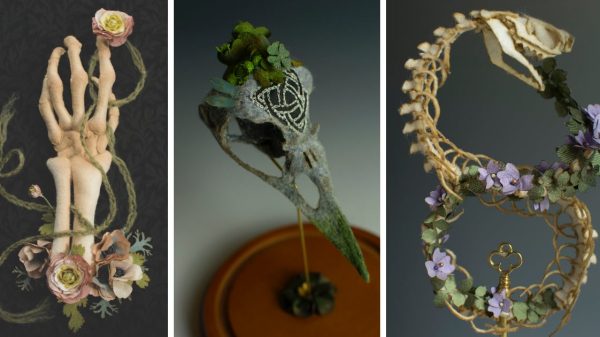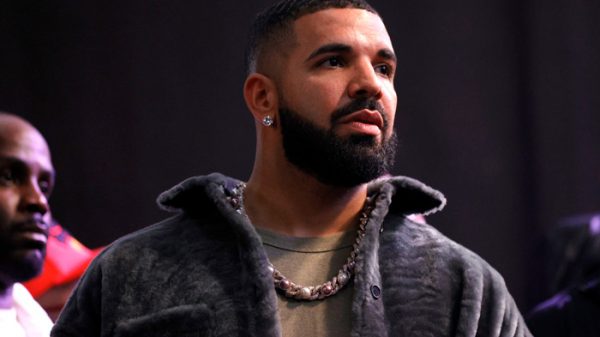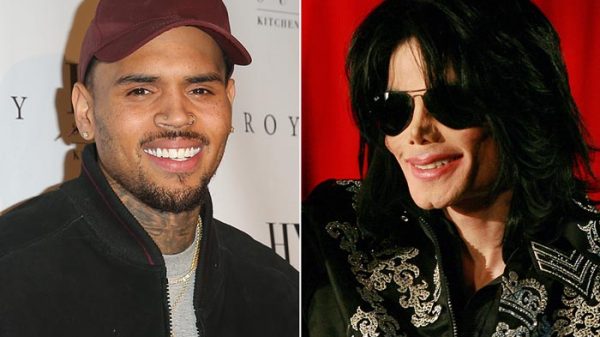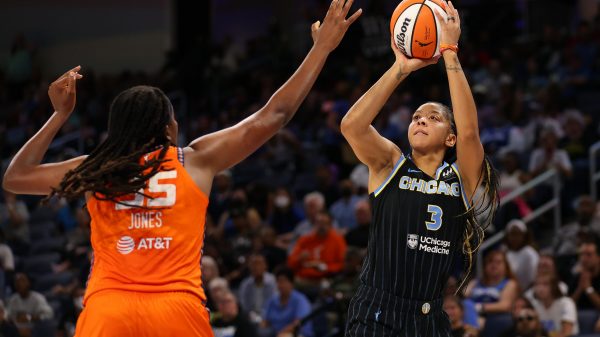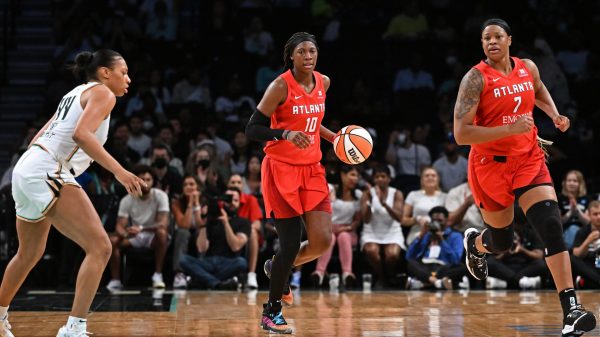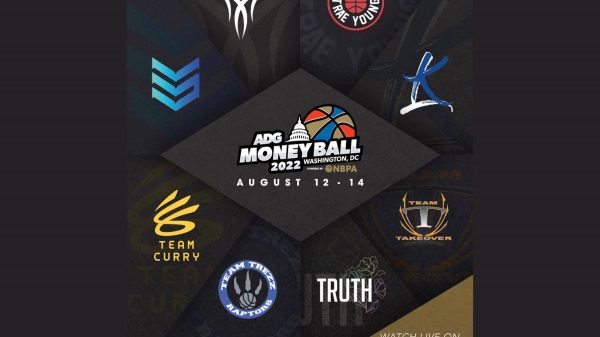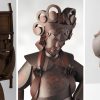Discover
Editions
More from Quartz
Follow Quartz
These are the core obsessions that drive our newsroom—defining topics of seismic importance to the global economy.
These are some of our most ambitious editorial projects. Enjoy!
Our emails are made to shine in your inbox, with something fresh every morning, afternoon, and weekend.
Design and architecture reporter
It’s been two weeks since Christie’s historic $69.3 million auction for crypto art ignited light bulbs around the world. Digital content creators of all caliber have been plotting their own Beeple moment, hoping to find a similar fortune like the 39-year-old graphic designer from South Carolina who instantly became rich and famous via the single-lot sale.
Since then, more gambits have vied for headlines. Many are stunts or dada experiments designed to test the borders of the nascent crypto art market and the non-fungible tokens (or NFTs) that confer ownership and authenticity of digital files that live in the ether, where they can be easily replicated. There have been NFTs for the audio recording of fart noises; for a meme based on an unflattering yearbook photo; and for a portfolio of paintings made by a humanoid robot. A slew of celebrities—from Grimes to Diplo—have entered the fray. Quartz got into the action, too, and sold an NFT news article for 1 etherium (worth $1,800 when the auction closed) on the NFT marketplace OpenSea. (The New York Times and Time magazine soon followed with their own NFT drops.)
Some artists, however, are earnestly looking into how blockchain can bolster their livelihoods. The questions on their minds: Can anyone make a fortune in the NFT market? Is it truly a democratic platform?
The answer is nuanced. Speak to crypto art collectors, artists, and traditional art-world gatekeepers and their responses echo longstanding debates about taste, power, and the ever-shifting definition of art.
To strike gold in NFTs, an artist must have two things: acumen and an audience. Profitable crypto artists spend time developing their fan base and educating themselves in sometimes quixotic cryptocurrency and blockchain protocols—including how to avoid scammers—apart from practicing their craft. Despite Beeple’s seemingly overnight success, he actually had been honing his digital art skills for over a decade before his first NFT sale. Everydays—The First 5,000 Days, his $69.3 million collage, in fact is a collection of the daily digital drawing exercises he’s been making and sharing since 2007.
Griffin Cock Foster, co-founder of Nifty Gateway and avid crypto art collector, believes it boils down to talent. “I think being an artist is, like, very much its own skill set,” he says. “It requires thinking outside the box, doing something that’s different than what anyone else has seen before in a way that gets you attention. The people who were successful are successful technical artists.”
Judging artistic merit is of course, is highly subjective. To command the millions that Beeple does, it helps to have an institution like Christie’s to back you up. Mike Steib, CEO of the art marketplace Artsy, argues that the NFT market isn’t exactly the free-for-all platform many believe it is. “Who sold Beelple? It wasn’t a democratic process,” he argues. “Christie’s, the largest gatekeeper in the entire art world, sold Beeple. “
As a whole, the traditional art market remains skeptical about crypto art. Steib, whose platform develops and hosts e-commerce websites for art galleries, points out that despite the headline-grabbing auction returns, NFTs represent less than one percent of the art market. “NFTs are even smaller compared to collectibles like baseball cards, which is roughly an $8 billion to $10 billion annual market,” he explains.
Steib also has qualms about categorizing every item sold in the crypto art market as art. “Art can take many different forms, and I am sure that good art will at times take the form of an NFT, but the converse isn’t always true,” he says. “A CryptoKitty [game] is not art; a CryptoPunk [digital avatar] is not art; an NBA Top Shot [trading card] of someone hitting a layup is not art—but that’s just one man’s opinion.”
He also contests how Christie’s declared Beeple as among the top three most valuable living artists, placing him in the league of contemporary art superstars Jeff Koons and David Hockney. “If Christie’s sold a rare and famous Pokémon card for $1 billion, I don’t think it means Pikachu is one of the greatest living artists.”
The known path to success in the art world typically involves getting an advanced degree and signing up with a gallery that helps nurture one’s career and draw collectors. “The work that people put into becoming great artists and recognized and acclaimed artists is a lifetime of work,” Steib explains.
“This NFT phenomenon does not have any of those underpinnings behind it,” he adds. “If someone is asking Can I just start making enough NFTs in this much smaller market without the support of an infrastructure and an industry? Can I become the next Beeple? I would say, stay in school, kid.”
Marion Maneker, president and editorial director of Art Media, the Penske Media group that publishes ARTnews, sought to bust the myth that NFTs are a democratizing force in the largely exclusive world of fine art auctions. In a March editorial, he suggests that MetaKovan, the winning bidder of the Christie’s Beeple auction, exploited the fuzzy rules of the burgeoning market and somehow inflated the value of the artwork.
“In the highly volatile and mercurial world of crypto, there’s no reason to believe the two masked alchemists cannot turn Beeple’s masterwork into something with a nominal value a hundred times higher,” Maneker wrote. “Buying in crypto currency is the opposite of democratizing the art market. It replaces one elite group, those with excess fiat currency, with another elite group like MetaKovan, those with an excess of crypto.”
Cock Foster, who founded Nifty Gateway with his twin brother, Duncan, believes that the backlash against NFTs stems from lack of understanding.
“It’s probably upsetting to see other people disseminating art in a way that they’re not directly involved with,” he asserts. “Maybe that’s upsetting if you’re a [traditional] art critic. I would say maybe they’re not, like, well understood as an art movement.”
Pressed for a working definition for the crypto art movement, Cock Foster hesitates. “I think the movement is still figuring out what it is,” he says. “It’s a community of communities. Every artist has their own community [or fan base] and that is a big part of it. I don’t know, I would say it’s very interesting and it’s something we’ve never seen before and that’s because it’s powered by this new technology.”
Absent of galleries and critics, the true champions of the crypto art movement are the collectors who put their wealth behind artists they believe in. Among them is Dylan Field, the 27-year-old founder and CEO of the design software Figma. In a March 12 appearance on Clubhouse, Field professed his ardor for CryptoPunks, a collection of characters that were among the earliest NFTs on the Ethereum blockchain. They take the form of pixelated portraits of zombies, apes, or aliens, and were created by computer scientists Matt Hall and John Watkinson.
Field’s emotional speech serves as one counterpoint to skeptics who believe those who buy NFTs are only doing it for the money. He got downright philosophical:
This might sound absurd to people listening, but many of us in the community, have formed deep relationships with our punks. We saw them as our avatars. We discuss them ad nauseam. We even dream about them. The punks become deeply intertwined with our identities—they effectively function as masks.
Field explained how he cherished one particular alien from the 10,000 CryptoPunks characters that Hall and Watkinson generated in 2017. He explained that he decided to sell it this year to increase its stature in the flourishing crypto art field.
I personally believe that in 100 years we’ll look back on 7804 as the Mona Lisa of digital art…
I want to see 7804 become the patron saint of digital art—or perhaps the patron alien, if you will. It bothered me that it was not universally acknowledged that 7804 was the best, most valuable crypto punk. It bothered me that it was not a symbol of the entire crypto art movement. And there’s a paradox because, 7804 cannot be seen as a symbol for the crypto art movement unless it changes hands.
Though cryptopunks were first disseminated for free, Field bought his for $15,000 in 2018 and it sold for $7.5 million this month to a buyer who identifies as Peruggia, a poetic nod to the Italian art thief who stole the Mona Lisa in 1911, which helped catapult Leonardo da Vinci’s portrait to its international stature. Field ended his message with a message to Peruggia:
If you’re out there listening, enjoy your time with something, go. But please know that it is a paradox and possibly a curse, because if you appreciate it as much as I do, you will stop at nothing until it’s seen by everyone as the most valuable piece of digital art. Because of that, your time will be limited with it. And when you sell, which you will, you will forever live with the question of why you parted ways with the digital Mona Lisa.
While the protocols and power players are still being determined, some content creators who perhaps are not quite at the level of Beeple have improved their livelihoods this past few months. Filipino graphic designer AJ Dimarucot, for instance, sold his Nike-inspired riff of René Magritte’s painting, “The Treachery of Images,” for the equivalent of $7,200. His one NFT drop earned him a little over half of the average annual income in the Philippines.
Similarly, Fewocious, an 18-year-old painter from Las Vegas with a turbulent childhood, changed his life by selling his sketches in the NFT market. “I had this little journal called Fewo’s Plan to Take Over the World,” he told Gotham magazine. “It was like, ‘I’m gonna work really hard, bust my butt and sell as many prints as I can.’” With his earnings in crypto art and sneaker brand partnerships, he was able to move into his own place in Seattle. He has sold $4 million of NFTs this month.
Beyond crypto art drops, some are optimistic about the potential of NFTs to offer more equitable compensation schemes for all types of digital authors. TJ Leonard, CEO of Storyblocks, a platform that sells royalty-free video assets, says NFTs can allow creators to monetize their work without having to go through platforms like big stock agencies.
“At a time when we’re talking a lot about systemic bias and access to opportunity, these are the gatekeepers for opportunity that we can now possibly circumvent,” he points out. “Who would be against giving more power back to the creator at the expense of the corporation?”
Because a piece of work can be tracked through NFTs, creators can potentially get compensated every time their work is used or resold. “I think a huge piece of the appeal of NFTs is that you’re now profiting not just from the original economic activity, but everything that happens downstream from there,” Leonard says.
Leonard believes that Beeple’s historic auction is but a case study for how NFTs can radically change how all types of creative goods—from videos and illustrations to music and fonts—are exchanged.
“I really do think this is one of those things that that won’t only impact the world of fine art, even if that’s where the use case popped in our collective consciousness,” he says. To do that, he recognizes that platforms need to sort out issues like the alarming environmental footprint of mining tokens. “It’s like the early days of the internet,” he says, “but I think the promise is there.”
Make business better™
Discover
Topics
More
© 2022 G/O Media, Inc.
↑ Beam me up, Scotty
Discover
Editions
More from Quartz
Follow Quartz


